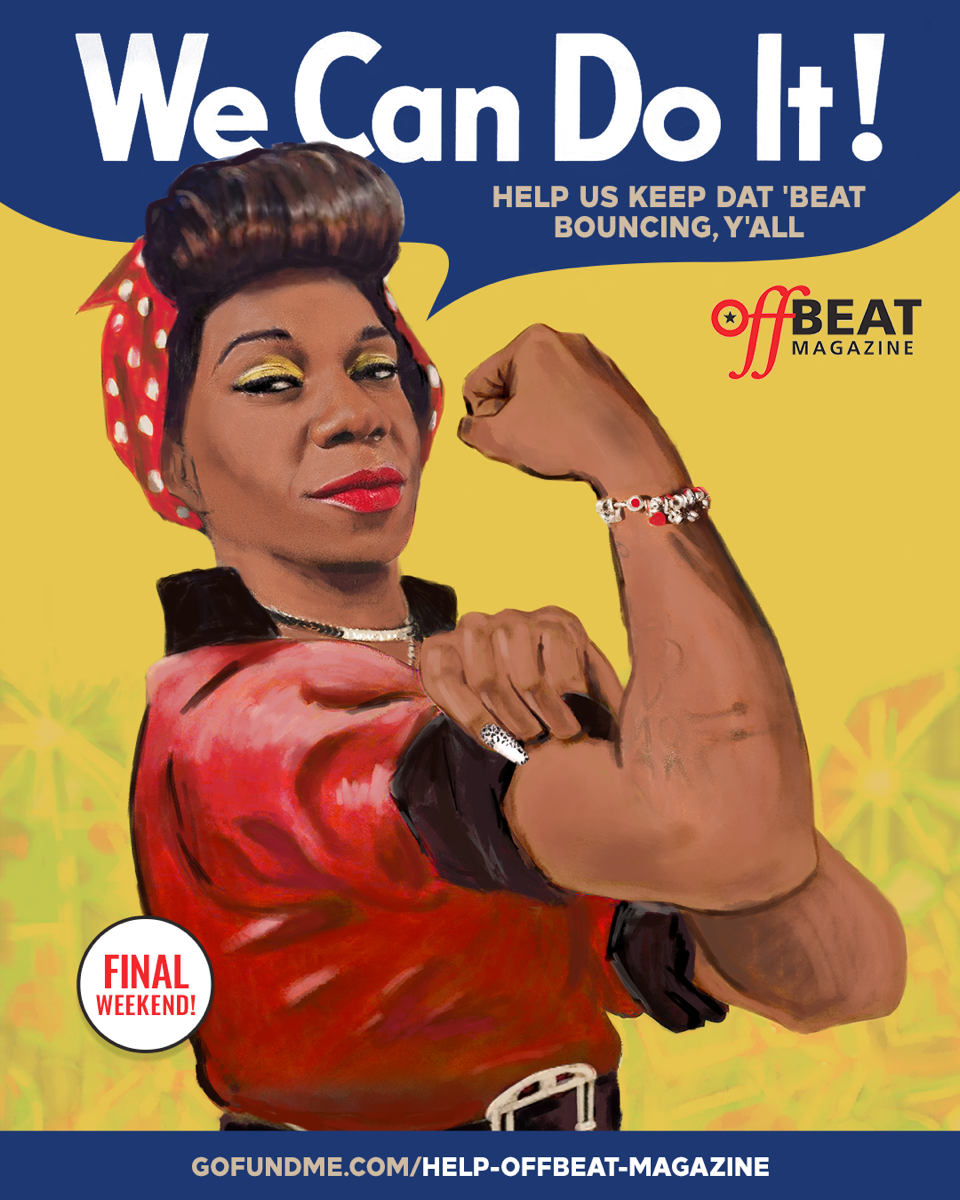Decatur Street. For a New Orleanian of some vintage, the mere mention of the name conjures a variety of colorful associations, sensations of the sort ordinarily found only on foreign shores—curious sights, odd smells, exotic ambience and anomalous, Aegean or, Ionian melodies. Decatur Street had always been on the edge of New Orleans, the waterfront, where a city that was never quite America intermingled with the rest of the world. The Decatur Street of yore was like an old movie with Humphrey...




